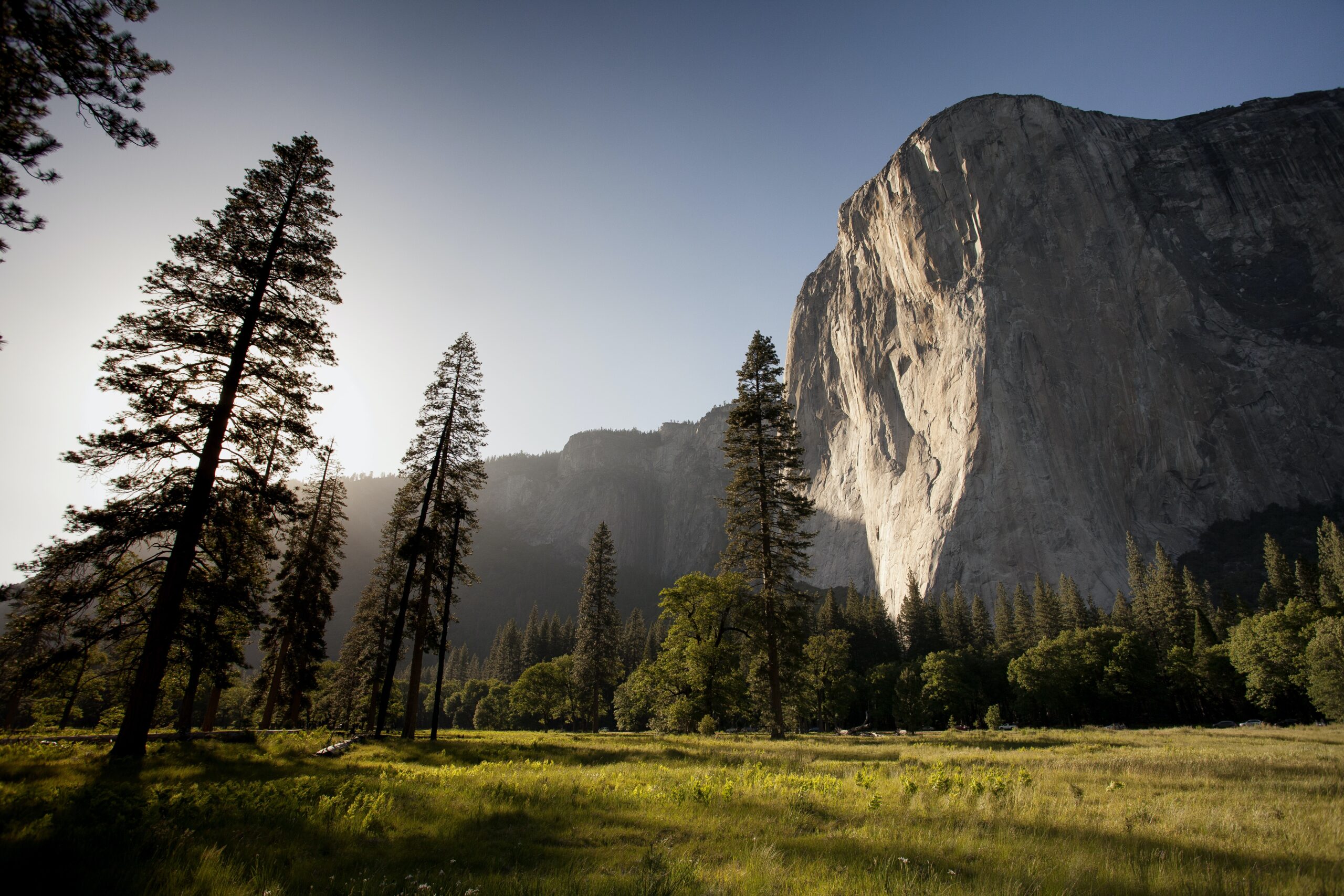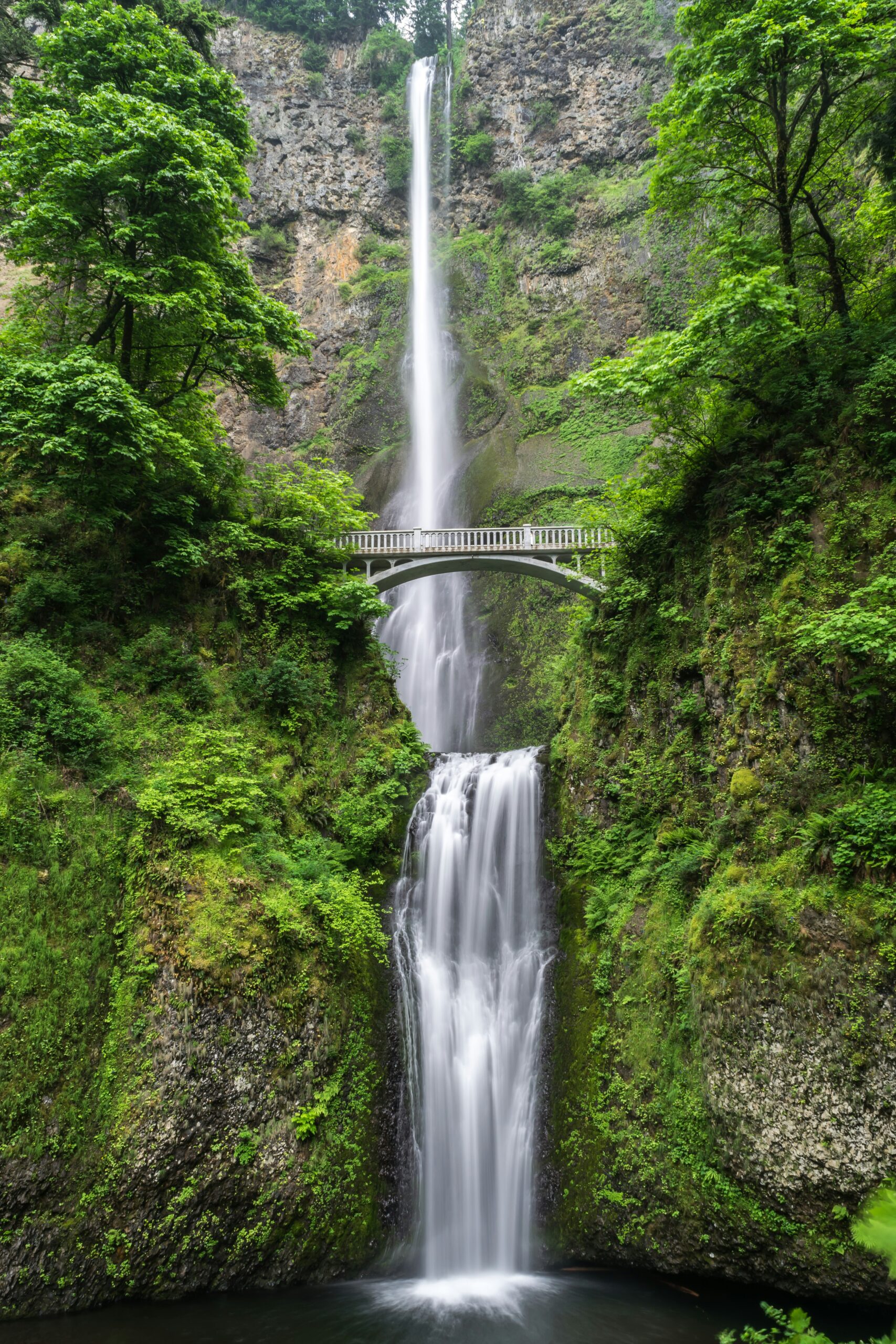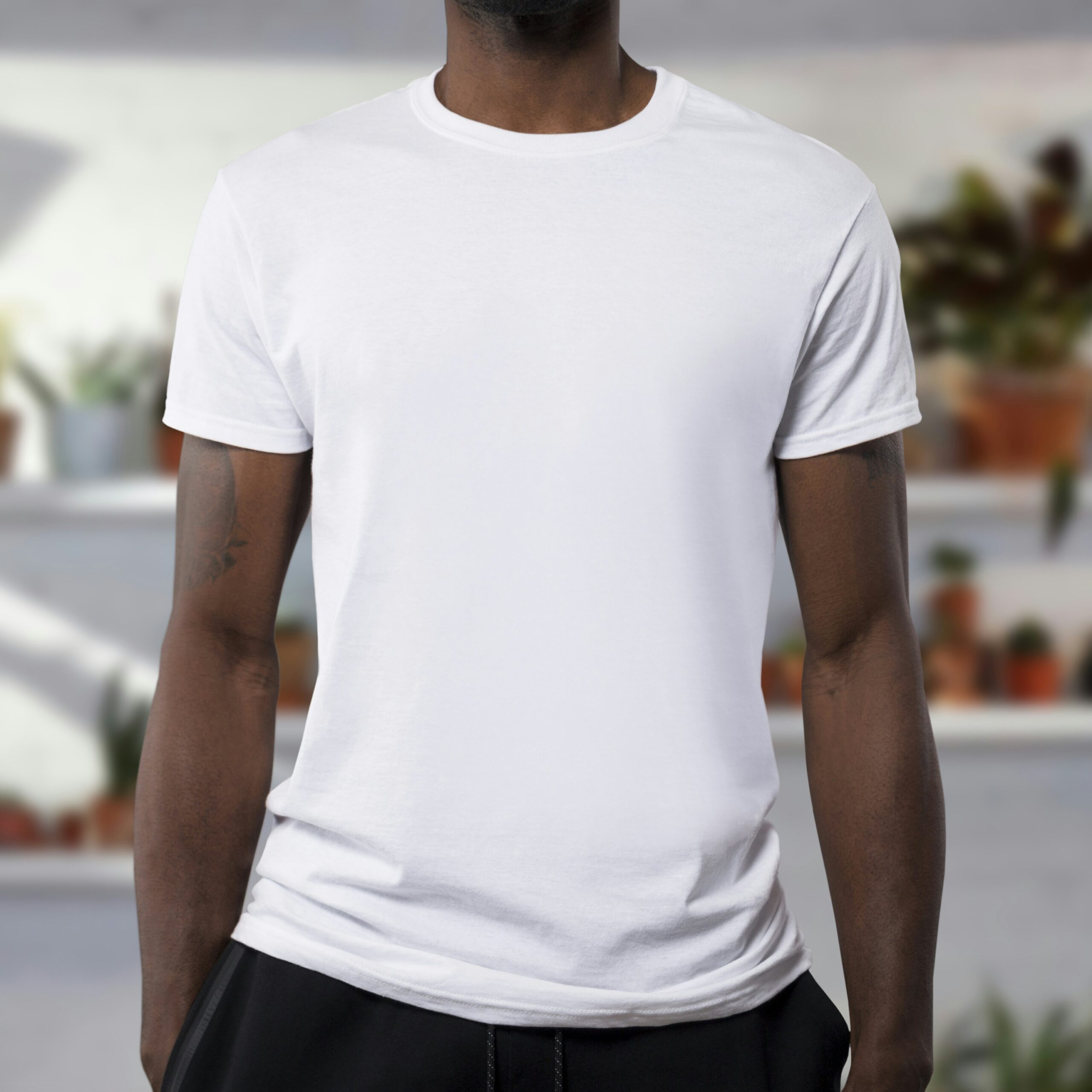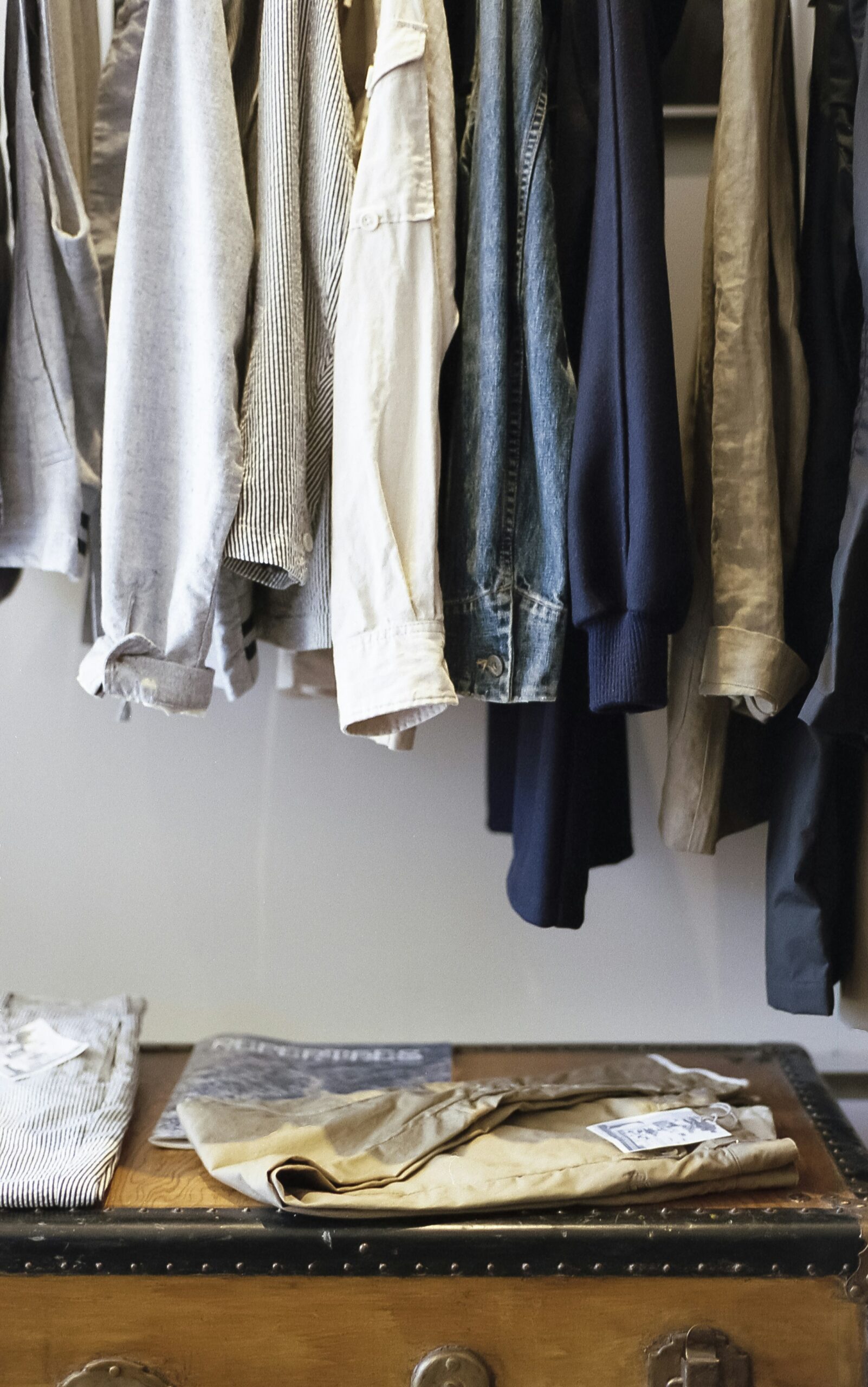Are you an outdoor enthusiast looking to blend in seamlessly with your surroundings? If so, then you’re in luck! In this article, we will explore the various types of camouflage outdoor clothing available to help you stay hidden and comfortable on your next adventure. From traditional prints like woodland and desert camo to newer designs like digital and urban camo, there is a style to suit every environment. Whether you’re hunting, hiking, or simply enjoying nature, camouflage clothing is a must-have for any outdoor lover. So, let’s take a closer look at the different types of camouflage outdoor clothing and find the perfect fit for you! Camouflage outdoor clothing is designed to blend in with the surrounding environment, making it ideal for activities such as hunting, fishing, birdwatching, and even military operations. There are various types of camouflage patterns available, each with its own unique features and advantages. In this article, we will explore the different types of camouflage patterns, their suitability for various outdoor activities and environments, the materials used in camouflage clothing, their functions, and even the future of camouflage outdoor clothing.

Types of Camouflage Patterns
Digital (Pixellated) Camouflage
Digital camouflage, also known as pixellated camouflage, is a pattern that resembles pixels. It was initially developed for military use and has proven to be highly effective in providing concealment in both urban and natural environments. The pixel-like design creates a fragmented appearance, making it difficult for the human eye to identify the object. This pattern is commonly seen in military uniforms and gear.
Traditional (Organic) Camouflage
Traditional camouflage patterns, also known as organic camouflage, are inspired by natural elements such as leaves, branches, and rocks. These patterns mimic the colors and textures found in nature, allowing the wearer to blend in seamlessly with their surroundings. Traditional camouflage is often used in hunting clothing as it provides excellent concealment in forested and woodland areas.
Disruptive Camouflage
Disruptive camouflage is designed to break up the outline of the wearer, making it harder for the observer to recognize the shape of the object. This type of camouflage often uses irregular patterns and combinations of colors to create visual confusion. Disruptive camouflage is commonly used in military and hunting clothing, as well as in environments where the terrain is diverse and variable.
Blurred-edge Camouflage
Blurred-edge camouflage is characterized by soft, blended edges that give the pattern a more abstract and undefined appearance. This type of camouflage is particularly effective at concealing the wearer in environments with dense foliage, such as jungles or thick forests. By creating a softer transition between different colors and shapes, blurred-edge camouflage helps the wearer blend in with the surrounding vegetation.
Scaled Camouflage
Scaled camouflage incorporates patterns that resemble the scales of animals, such as fish or reptiles. This type of camouflage is often used in fishing clothing, as it helps anglers blend in with the water and mimic the natural patterns of aquatic creatures. Scaled camouflage can also be effective in mountainous and rocky environments, where the irregular shapes and textures help the wearer blend into the surroundings.
Outdoor Activities and Appropriate Camouflage
Hunting Camouflage Clothing
When it comes to hunting, choosing the right camouflage pattern is crucial. In forested areas, traditional camouflage with earthy tones and natural elements, such as leaves and branches, is highly effective. For open fields or grassland hunting, a more disruptive camouflage pattern that blends with the colors of the environment, such as browns and greens, is recommended. Additionally, considering the season and vegetation at the hunting location is important for optimal concealment.
Fishing Camouflage Clothing
Fishing camouflage clothing is designed to help anglers blend in with their surroundings, allowing them to approach their prey without detection. Scaled camouflage patterns that mimic the colors and textures of fish scales are commonly used in fishing clothing. Additionally, patterns with shades of blue and green are often used for fishing in lakes, rivers, and oceans to match the water’s natural colors.
Birdwatching Camouflage Clothing
Birdwatchers often need to get as close as possible to observe the birds without causing any disturbance. Camouflage clothing with earthy tones and patterns that mimic foliage is ideal for blending in with the natural environment. Subtle and irregular patterns that match the colors of the surrounding vegetation are preferred to avoid startling the birds and disrupting their behavior.
Survivalist/Prepper Camouflage Clothing
For survivalists and preppers, camouflage clothing serves multiple purposes. Not only does it provide effective concealment from potential threats, but it also allows individuals to blend in with their surroundings when foraging for food or evading danger. Camouflage patterns that work well in various environments, such as disruptive or blurred-edge patterns, are recommended for survivalist and prepper clothing.
Military Camouflage Clothing
Military camouflage clothing is specifically designed to provide effective concealment on the battlefield. The patterns used in military camouflage are often a combination of disruptive and blended-edge designs to make soldiers more difficult to detect and target. Different military branches and countries may have their own specific patterns tailored to their respective environments and operational requirements.
Use of Camouflage Clothing in Different Seasons
Summer Camouflage Clothing
In the summer, when the vegetation is lush and the colors are vibrant, camouflage clothing should reflect these elements. Patterns with bright green shades, mixed with brown and tan, are ideal for blending into the summer foliage. The camouflage should also be lightweight and breathable to provide comfort in the warm weather.
Autumn Camouflage Clothing
During autumn, when the leaves change color and the landscape transforms into a mix of reds, oranges, and browns, camouflage clothing should mimic these tones. Patterns with earthy colors, such as rust, olive, and brown, help the wearer blend into the fall environment. Additionally, incorporating elements like fallen leaves can provide extra concealment.
Winter Camouflage Clothing
In winter, when the ground is covered with snow, camouflage clothing needs to blend in with the white surroundings. White or light gray patterns that mimic the texture of snow are the most effective for winter camouflage. Layering the clothing appropriately for insulation while maintaining flexibility and ease of movement is also important in cold, snowy conditions.
Spring Camouflage Clothing
During spring, when the vegetation starts to bloom and the colors become vibrant once again, camouflage clothing should reflect these changes. Patterns with shades of green, mixed with hints of pink and yellow, can help the wearer blend into the blossoming environment. The clothing should also be lightweight and breathable to provide comfort in the milder spring temperatures.
Camouflage Clothing for Different Environments
Forest Camouflage
When venturing into forests or woodland areas, camouflage clothing with patterns that imitate the textures and colors of trees, leaves, and underbrush is essential for effective concealment. Earthy tones such as browns and greens, with irregular shapes and patterns, help the wearer blend in seamlessly with the forest environment. Additionally, considering the seasonal changes and the predominant tree species in the forest can further enhance camouflage effectiveness.
Desert Camouflage
In desert environments, where the landscape is characterized by sandy dunes and sparse vegetation, camouflage clothing needs to match the colors and textures of the desert terrain. Tan, beige, and sandy patterns are commonly used for desert camouflage to blend in with the arid surroundings. The clothing should also be lightweight and breathable to provide comfort in the hot desert climate.
Mountain Camouflage
When exploring mountainous regions, camouflage patterns that mimic the rocks, shale, and foliage found in higher altitudes are essential. Gray, brown, and green patterns with irregular shapes and textures are commonly used for mountain camouflage. The clothing should also be durable and able to withstand rugged terrains and changing weather conditions.
Snow Camouflage
In snowy environments, where the landscape is covered in white, it is crucial to have camouflage clothing that matches the color and texture of the snow. Pure white or light gray patterns that imitate the appearance of snowflakes and provide a blended look are commonly used for snow camouflage. Layering the clothing to provide warmth and protection against the cold is also important in snowy conditions.
Urban Camouflage
In urban environments, where the surroundings consist of buildings, concrete, and man-made structures, camouflage clothing needs to blend in with the urban landscape. Gray, black, and dark blue patterns with geometric shapes and lines that mimic the architecture and patterns found in cities are commonly used for urban camouflage. This type of camouflage is often used by law enforcement and security personnel operating in urban areas.

Camouflage Clothing Materials
Cotton Camouflage
Cotton is a popular material for camouflage clothing due to its breathability, softness, and comfort. It allows for airflow and helps regulate body temperature, making it suitable for various outdoor activities. Cotton camouflage clothing is also durable and can withstand rough terrain, making it a reliable choice for hunters, birdwatchers, and outdoor enthusiasts.
Polyester Camouflage
Polyester is a synthetic material commonly used in the production of camouflage clothing. It is lightweight, wrinkle-resistant, and quick-drying, making it ideal for outdoor activities that involve high levels of physical exertion or exposure to moisture. Polyester camouflage clothing is also known for its durability and colorfastness, ensuring that the camouflage pattern remains effective for a long time.
Nylon Camouflage
Nylon is another popular material used in camouflage clothing due to its durability, water resistance, and abrasion resistance. It is lightweight, flexible, and provides excellent protection against wind and rain. Nylon camouflage clothing is commonly used in hunting and military applications where durability and weather resistance are essential.
Fleece Camouflage
Fleece is a warm and insulating material often used in camouflage clothing for colder seasons. It provides excellent heat retention while being lightweight and breathable. Fleece camouflage clothing is ideal for winter activities where staying warm is crucial, such as hunting or winter camping. The soft texture of fleece also adds comfort and allows for ease of movement.
Neoprene Camouflage
Neoprene is a synthetic rubber material known for its excellent water resistance and insulation properties. It is commonly used in wet environments or water-based activities such as fishing or waterfowl hunting. Neoprene camouflage clothing provides insulation against the cold and moisture, keeping the wearer dry and protected.
Camouflage Clothing Functions
Camouflage for Concealment
The primary function of camouflage clothing is to provide concealment by blending the wearer into their surroundings. By mimicking the colors, patterns, and textures of the environment, camouflage clothing makes it difficult for others to spot the wearer, whether it be animals, adversaries, or prey.
Camouflage for Veiled Movement
In addition to concealment, camouflage clothing also facilitates veiled movement. By breaking up the outline and silhouette of the wearer, it becomes harder for observers to track their movements. This is especially important in situations where stealth and undetectability are crucial, such as hunting or military operations.
Camouflage for Noise Reduction
Certain camouflage clothing is designed to minimize noise generated by movements. Fabrics with a soft and silent texture help reduce rustling sounds, which could alert nearby wildlife or potential targets. This feature is especially important for hunters who need to move quietly without alerting their prey.
Camouflage for Protection
Camouflage clothing can also provide protection from external elements such as weather, insects, and thorny vegetation. Some camouflage clothing features water-resistant or windproof materials that shield the wearer from rain, snow, or harsh winds. Others may have built-in insect repellent properties or be designed to resist tears and abrasions in rugged environments.

Gender-Specific Camouflage Outdoor Clothing
Camouflage Clothing for Men
Camouflage clothing designed for men typically takes into consideration factors such as fit, durability, and functionality. Men’s camouflage clothing often features a looser fit to accommodate layering and ease of movement. It is also designed to withstand rugged outdoor activities and provide the necessary protection and concealment needed for hunting, fishing, and other pursuits.
Camouflage Clothing for Women
Camouflage clothing for women is specially designed to provide a comfortable and flattering fit while still offering the same functionality as men’s clothing. Women’s camouflage clothing often takes into account body shape and proportions, ensuring a better fit and range of motion. It may also incorporate feminine details and colors while maintaining the effectiveness of the camouflage pattern.
Unisex Camouflage Clothing
Unisex camouflage clothing is designed to be worn by anyone, regardless of gender. It often features a more neutral fit and design, allowing for a broader range of body types. Unisex camouflage clothing is versatile and suitable for various outdoor activities, making it a popular choice for individuals who prefer a more relaxed and inclusive fit.
Size Variation in Camouflage Outdoor Clothing
Regular Sized Camouflage Clothing
Regular-sized camouflage clothing is designed to fit the average body proportions for adults. These sizes typically range from small to extra-large, providing an option for most individuals. Regular-sized camouflage clothing caters to a broad range of body types and offers a comfortable fit for outdoor activities.
Plus-sized Camouflage Clothing
Plus-sized camouflage clothing is specifically designed to cater to individuals with larger body proportions. These sizes typically range from extra-large to 5XL or higher, ensuring that everyone can find suitable camouflage clothing regardless of their size. Plus-sized camouflage clothing offers a comfortable and functional fit for outdoor activities, providing the same features and advantages as regular-sized options.
Kids’ Sizes Camouflage Clothing
Camouflage clothing for kids is designed to fit the unique proportions and needs of children. It is often available in a wide range of sizes, from toddler to teenage years, ensuring children of all ages can enjoy the benefits of camouflage clothing. Kids’ camouflage clothing is designed to be comfortable, durable, and functional, allowing young outdoor enthusiasts to blend in with their environment.

Care and Maintenance of Camouflage Outdoor Clothing
Cleaning Camouflage Clothing
Proper care and cleaning of camouflage clothing is essential to maintain its performance and longevity. In general, camouflage clothing should be washed separately from other garments to prevent color transfer. Following the care instructions on the clothing label is crucial, as specific materials and patterns may require different cleaning methods. It is recommended to use mild detergent, avoid bleach or fabric softeners, and wash on a gentle cycle. Drying the clothing on a low or medium heat setting or air-drying is preferable to avoid damage.
Storing Camouflage Clothing
When not in use, camouflage clothing should be stored in a cool, dry place away from direct sunlight. Avoid folding or compressing the clothing excessively, as this may cause creases or damage to the camouflage pattern. Hanging the clothing or folding it loosely is recommended to maintain its shape and prevent unnecessary wear and tear.
Repairing Camouflage Clothing
Over time, camouflage clothing may experience wear and tear, such as small tears, loose threads, or damaged zippers. Promptly repairing any damages can help prolong the life of the clothing. Sewing small tears or reinforcing weak areas can prevent further damage and maintain the camouflage effectiveness. If necessary, seeking professional repair services can ensure the clothing is restored to its optimal condition.
The Future of Camouflage Outdoor Clothing
Technological Advancements
As technology continues to advance, the future of camouflage outdoor clothing holds great promise. Innovations such as adaptive camouflage, which can change patterns and colors to match the surroundings in real-time, may become more prevalent. Additionally, advancements in fabric technologies, such as lightweight and breathable materials with improved moisture-wicking properties, may enhance the comfort and functionality of camouflage clothing.
Sustainable and Eco-friendly Materials
With increasing focus on sustainability and eco-consciousness, the future of camouflage outdoor clothing may see a shift towards more sustainable materials and production methods. Innovations in fabric manufacturing, such as the use of recycled materials or natural fibers, may reduce the environmental impact of camouflage clothing. Additionally, eco-friendly dyeing processes and water-conserving techniques may become more prevalent in the production of camouflage patterns.
Innovations in Camouflage Patterns
Continued research and development may lead to new and improved camouflage patterns that are even more effective at providing concealment. These patterns may incorporate a combination of visual and thermal camouflage, making it difficult to detect individuals using infrared or thermal imaging technologies. Enhanced digital patterns or biomimetic designs inspired by the characteristics of animals or insects may also emerge, optimizing camouflage effectiveness in different environments.
Improved Performance Features
Future camouflage outdoor clothing may incorporate advanced features to enhance performance. Integration of technology, such as built-in GPS or communication capabilities, may provide added functionality for military or survivalist purposes. Developments in moisture management systems and body cooling technologies may improve comfort in hot climates. Additionally, advancements in impact protection and durability may enhance the protective qualities of camouflage clothing.
In conclusion, camouflage outdoor clothing is highly versatile and plays a crucial role in various outdoor activities and environments. With a wide range of camouflage patterns, materials, and sizes available, individuals can find clothing that suits their specific needs and preferences. From hunting and fishing to military operations and survivalist endeavors, camouflage clothing offers effective concealment, protection, and functionality. As technology evolves and sustainability becomes a greater priority, the future of camouflage outdoor clothing holds exciting possibilities for enhanced performance, innovative patterns, and eco-friendly materials.


